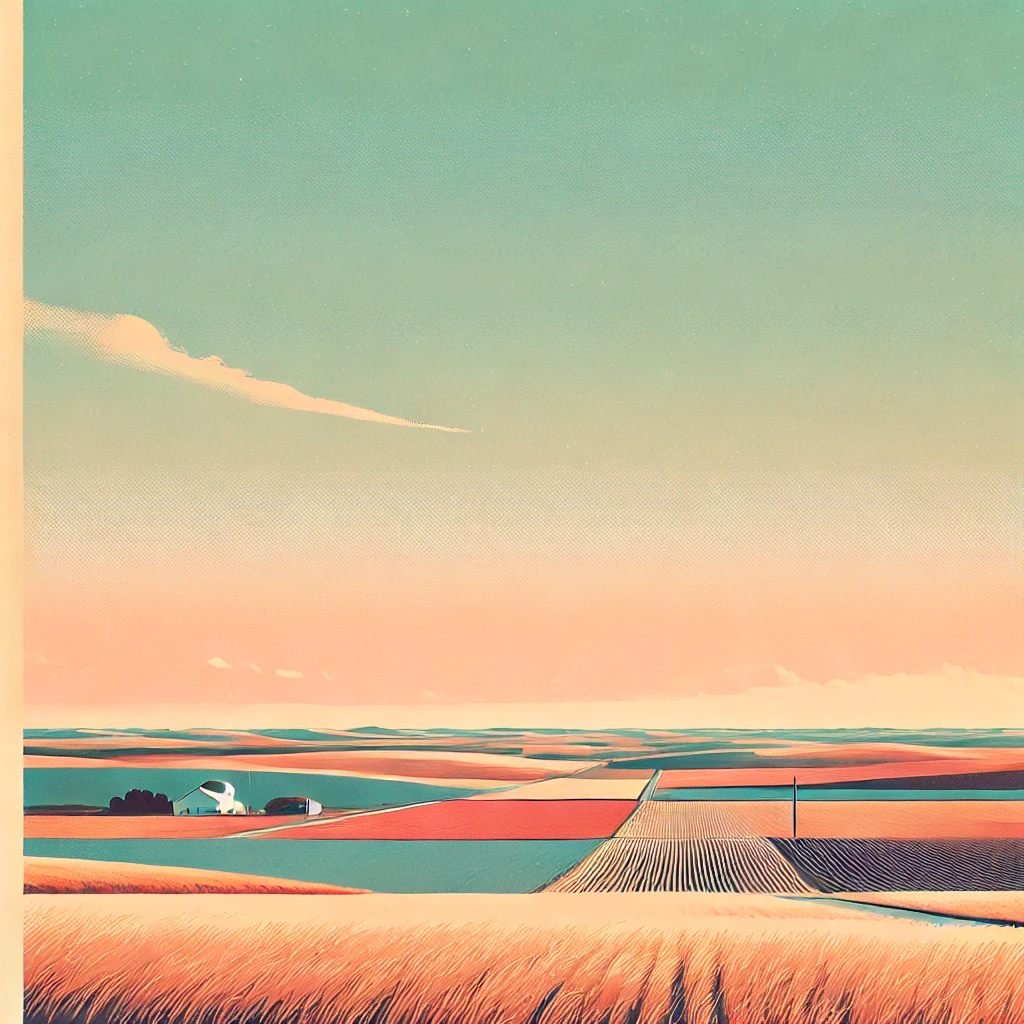Nebraska's Data

Nebraska is a state in the Great Plains of the Midwestern U.S., admitted in 1867 as the 37th state. Lincoln is the capital, and Omaha is the largest city. Nebraska’s land area is about 76,824 sq mi, consisting mostly of prairies ideal for agriculture. Its population is ~2.01 million (2024). Nebraska is one of the few states with a unicameral (single-house) legislature, which is also nonpartisan. Historically, it was part of the Louisiana Purchase and saw pioneers crossing via the Oregon Trail. Agriculture is central to Nebraska’s economy – it is a top producer of beef, pork, corn, and soybeans. The state’s grain feeds a large livestock industry (earning the nickname “Beef State” in the past). Food processing and freight transport (Union Pacific Railroad is headquartered in Omaha) are also significant. In recent decades, Omaha has become a finance and telecommunications hub as well. Nebraska’s nominal GDP was about $185 billion in 2024. Culturally, Nebraska is known for its hearty rural lifestyle, college football passion (the Nebraska Cornhuskers), and as the birthplace of investor Warren Buffett and civil rights leader Malcolm X.
Capital City: Lincoln
Land Area: 76,824 sq mi / 198,974 sq km
Nominal GDP: $185.2 billion (2024)
Country: United States
Number of Ongoing Class I Recalls: 0
Number of Ongoing Class II Recalls: 0
Number of Ongoing Class III Recalls: 0
City With Most Recalls: No Recalls
Company With Most Recalls: No Recalls
Things To Do in Nebraska
Hike: Get out in nature and touch some grass. Here are a couple of trails.
Nebraska's Economy
Nebraska Inflation
Understanding the BLS and Inflation in Nebraska
The Bureau of Labor Statistics (BLS) is a government agency that collects and analyzes economic data across the U.S., including states like Nebraska. One of its key responsibilities is tracking inflation through the Consumer Price Index (CPI), which measures how the cost of everyday goods and services changes over time. Inflation can impact everything from housing prices to the cost of groceries, gas, and utilities across the area. By tracking inflation, the BLS helps people from Nebraska understand how their purchasing power is affected and provides insights for businesses and policymakers.
What This Graph Represents
This graph shows inflation trends in Nebraska using the CPI, highlighting how prices have changed over time. The x-axis represents time (months and years), while the y-axis represents price levels. If the graph moves upward, it means the cost of living is rising, which can affect everything from rent to gas prices. A flatter or downward trend suggests that inflation is stabilizing or decreasing. Keeping an eye on inflation is important for people from Nebraska when budgeting for housing, wages, and daily expenses. You can hover over the graph to see exact values for each month and check the "Most Recently Updated" label to ensure you’re viewing the latest available data.
City Recall Data in Nebraska
No results found. Please try another search.
